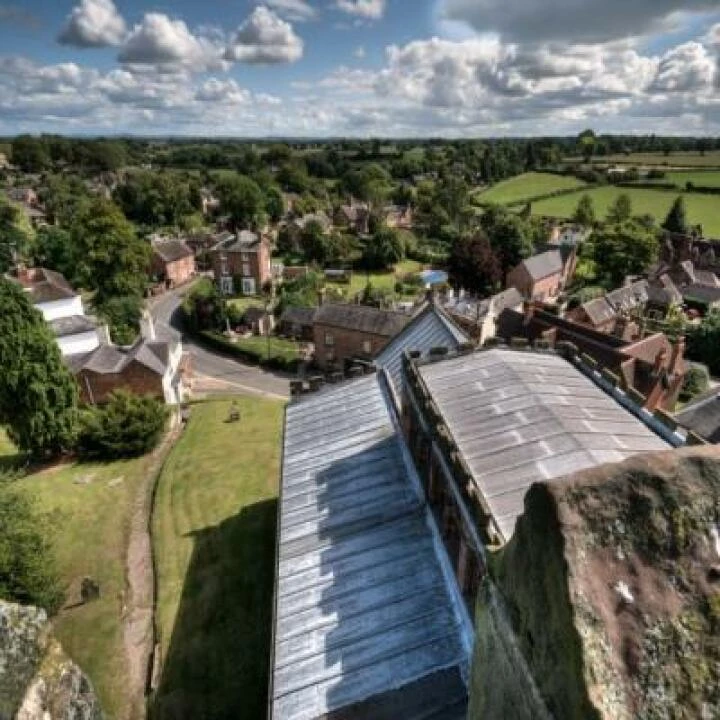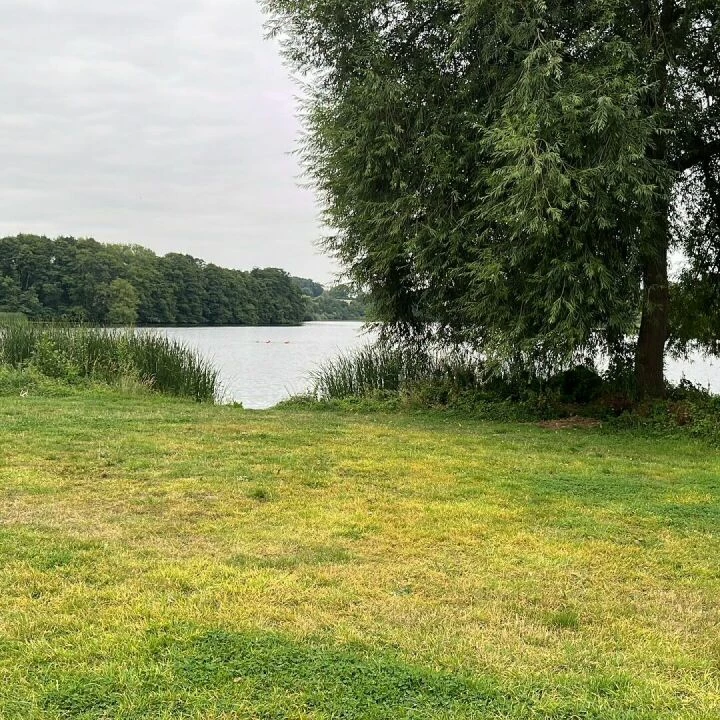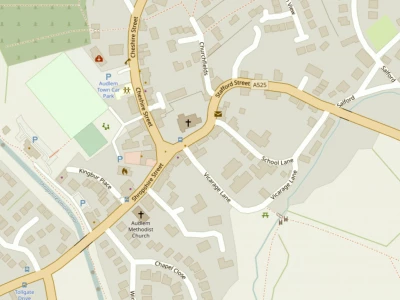







The Battle of Blore Heath
The Battle of Blore Heath was a battle in the English Wars of the Roses. It was fought on 23 September 1459, at Blore Heath in Staffordshire. Blore Heath is a sparsely populated area of farmland close to Loggerheads in Staffordshire.
After the First Battle of St Albans in 1455, an uneasy peace held in England. Attempts at reconciliation between the houses of Lancaster and York enjoyed but marginal success. However, both sides became increasingly wary of each other and by 1459 were actively recruiting armed supporters. Queen Margaret of Anjou continued to raise support for King Henry VI amongst noblemen, distributing an emblem of a silver swan to knights and squires enlisted by her personally, whilst the Yorkist command under the Duke of York was finding plenty of anti-royal support despite the severe punishment for raising arms against the king.
The Yorkist force based at Middleham Castle in Yorkshire (led by the Earl of Salisbury) needed to link up with the main Yorkist army at Ludlow Castle in Shropshire. As Salisbury marched south-west through the Midlands the queen ordered Lord Audley to intercept them.
Audley chose the barren heathland of Blore Heath to set up an ambush. On the morning of 23 September 1459, a force of some 10,000 men took up a defensive position behind a 'great hedge' on the south-western edge of Blore Heath facing the direction of Newcastle-under-Lyme to the north-east, the direction from which Salisbury was approaching.
Yorkist scouts spotted Lancastrian banners over the top of a hedge and immediately warned Salisbury. As they emerged from the woodland, the Yorkist force of some 5,000 men realized that a much larger enemy force was awaiting their arrival. Salisbury, instead of disbanding or withdrawing his army, immediately arranged his troops into battle order, just out of range of the Lancastrian archers. To secure his right flank, he arranged the supply wagons in a defensive laager, a circular formation to provide cover to the men. Fearing a rout, Yorkist soldiers are reported to have kissed the ground beneath them, supposing that this would be the ground on which they would meet their deaths.
The two armies were separated by about 300 metres on the barren heathland. A steep-sided, wide and fast-flowing brook ran between them. The brook made Audley's position seemingly impenetrable.
Salisbury, aware that any attack across the brook would be suicidal, employed a ruse to encourage the enemy to attack him. He withdrew some of his middle-order just far enough that the Lancastrians believed them to be retreating. The Lancastrians launched a cavalry charge. After they had committed themselves, Salisbury ordered his men to turn back and catch the Lancastrians as they attempted to cross the brook. It is possible that the order for this Lancastrian charge was not given by Audley but it had the effect of turning the balance in favour of Salisbury. The charge resulted in heavy casualties for the Lancastrians.
The Lancastrians withdrew, and then made a second assault, possibly attempting to rescue casualties. This second attack was more successful with many Lancastrians crossing the brook. This led to a period of intense fighting in which Audley himself was killed,
The death of Audley meant that Lancastrian command fell to the second-in-command, Lord Dudley, who ordered an attack on foot with some 4,000 men. As this attack also failed, some 500 Lancastrians joined the enemy and began attacking their own side. At this point, all remaining Lancastrian resistance collapsed and the Yorkists had only to advance to complete the rout.
The rout continued through the night, with the Yorkists pursuing the fleeing enemy for miles across the countryside and at least 2,000 Lancastrians were killed, with the Yorkists losing nearly 1,000.
Mucklestone
Mucklestone is a small village a few miles from the battle site at Blore Heath.
According to legend, Queen Margaret of Anjou is said to have watched the defeat of her forces from the church tower, before fleeing on horse-back. It is said that Margaret employed the local blacksmith, William Skelhorn, to reverse the shoes on her horse to disguise her getaway. An anvil said to have belonged to Skelhorn stands in the churchyard to commemorate the event
This article is from our news archive. As a result pictures or videos originally associated with it may have been removed and some of the content may no longer be accurate or relevant.
Get In Touch
AudlemOnline is powered by our active community.
Please send us your news and views using the button below:
Email: editor@audlem.org


